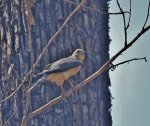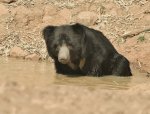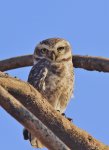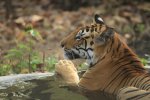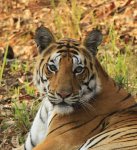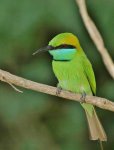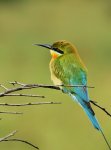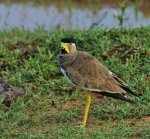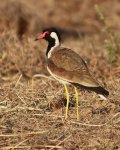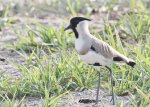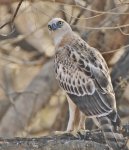Oops, sorry I have just checked and realised that I had already shown you this lion before.
Probably something to do with my age.... and talking about my age, this very large person who is a good friend of mine was born in 1946 as well..... a good year. He was strolling along behind us with his mahout who retired him from active service a year or two back. He still does some patrolling in the forest, checking on the tigers and other at risk animals, but generally spends most of his time relaxing and bathing in the river nearby. He is in remarkable condition and could live another ten or twenty years. Elephants have a similar life span to humans. It was wonderful to see him again this year.....
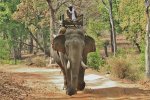
Probably something to do with my age.... and talking about my age, this very large person who is a good friend of mine was born in 1946 as well..... a good year. He was strolling along behind us with his mahout who retired him from active service a year or two back. He still does some patrolling in the forest, checking on the tigers and other at risk animals, but generally spends most of his time relaxing and bathing in the river nearby. He is in remarkable condition and could live another ten or twenty years. Elephants have a similar life span to humans. It was wonderful to see him again this year.....


